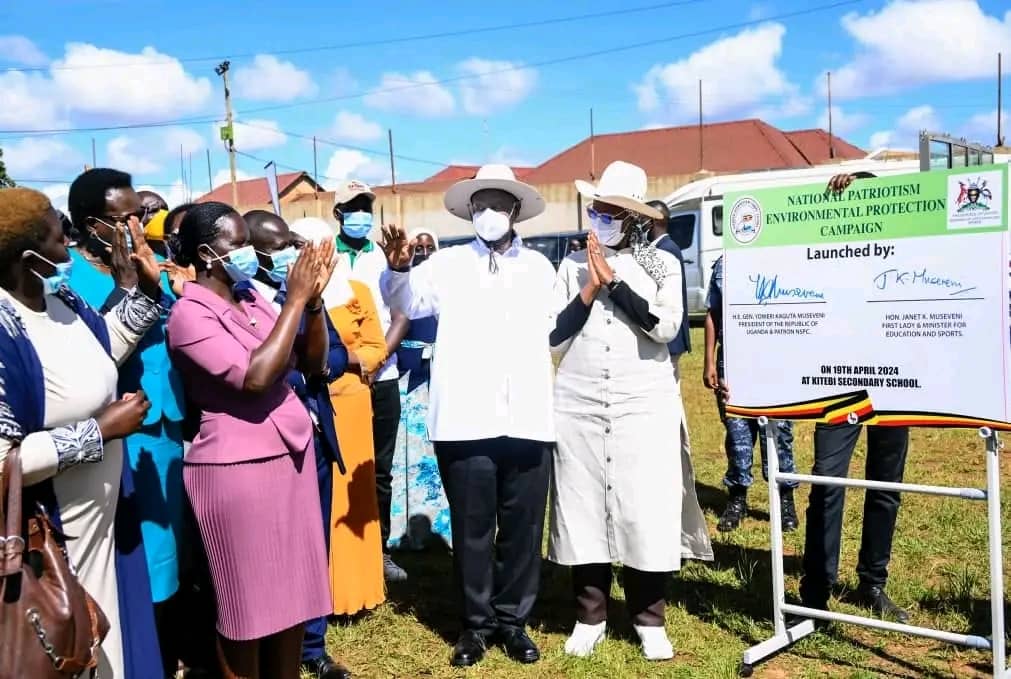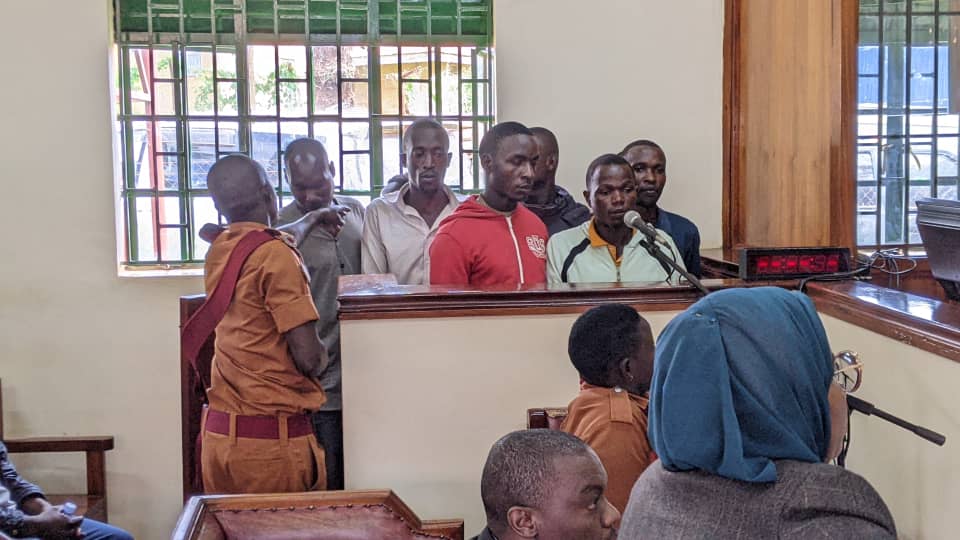Bullying in schools: How do we prevent it?
HOPE WAMBI
Keep Reading
Bullying is one of the most pervasive forms of school violence, affecting 1 in 3 young people each month (UNESCO).
Bullying can be understood as intentional and aggressive behaviour occurring repeatedly against a victim, where there is a real or perceived power imbalance and where victims feel vulnerable and powerless to defend themselves.
This pattern of behaviour includes physical bullying (such as hitting, kicking and the destruction of property), psychological bullying (such as teasing, insulting, and threatening), or relational bullying, which is the damaging of one’s social relationships or social status through spreading rumours and exclusion from one’s social group.
Making fun of a victim using sexual jokes, comments, or gestures, is a common form of sexual bullying, or sexual harassment.
With the introduction of online learning, more students are exposed to cyber-bullying and require safeguarding measures to ensure safe use of the internet.
The consequences of bullying are serious and far-reaching. According to UNESCO, who is coordinating the first International Day against Violence and bullying in school including cyberbullying, “students who are frequently bullied are nearly three times more likely to feel like an outsider at school and more than twice as likely to miss school as those who are not frequently bullied."
In Uganda, there have been instances recorded where bullying has led to death. Amid the COVID-19 pandemic and the skyrocketing cases of violence against children, we need to pay close attention to the prevention of bullying as schools re-open.
Children have been traumatised at home during lockdown and are likely to pass on much of the violence they have experienced to their fellow learners. The newly issued guidelines on prevention and management of teenage pregnancies by the Ministry of Education and Sports allows for pregnant girls to attend schools until they are four months pregnant.
This introduces a special category of young people who are prone to bullying from their peers and requires increased focus. There is need for schools to create a safe enabling environment for all children to thrive. School communities and the broader education sector must work together to prevent and address bullying in all its forms.
This whole-education approach includes strong leadership and robust policy frameworks, curricula that promote a caring school climate, training for teachers and other school staff, a safe psychological and physical school environment, mechanisms to report bullying, and support for affected students.
At Raising Voices, we have worked with over 1000 schools to prevent violence against children at school, including peer-to-peer violence. Here are a few practical actions that schools can take to prevent and respond to bullying and other forms of school violence.
• Deliberately create a culture of non-violence; this involves engaging all stakeholders including parents, teachers and children to agree to a journey towards zero tolerance for violence in their school and holding each other accountable to this goal.
• Students, teachers and administrators can work together to develop anti-bullying policies at their school by contextualising guidelines from the Ministry of Education and Sports, where students and teachers agree on what constitutes bullying and what consequences this behaviour requires.
• Schools must streamline and strengthen reporting mechanisms for students affected by school violence and bullying, including cyberbullying for online learners.
• School personnel should adopt positive disciplinary methods to reduce violence as a way of disciplining children. Children learn more from what we do that what we ask them to do, so using positive discipline in the classroom and at home will role model positive behaviours and highlight that children need not use violence to resolve conflict.
The world will commemorate the first ever International Day against Violence and Bulling including Cyberbullying on 5th November under the theme “Together against bullying in school.”
Addressing all forms of school violence including bullying is essential to achieving the Sustainable Development Goals (SDGs), in particular SDG 4, which aims to ensure inclusive and equitable quality education and promote lifelong learning opportunities for all, and SDG 16, which aims to promote peaceful and inclusive societies.
With the guidance of the Good School Toolkit, Raising Voices works to create good schools across Uganda.
You can read more on how to create good schools or download the Good School Toolkit at www.raisingvoices.org.













